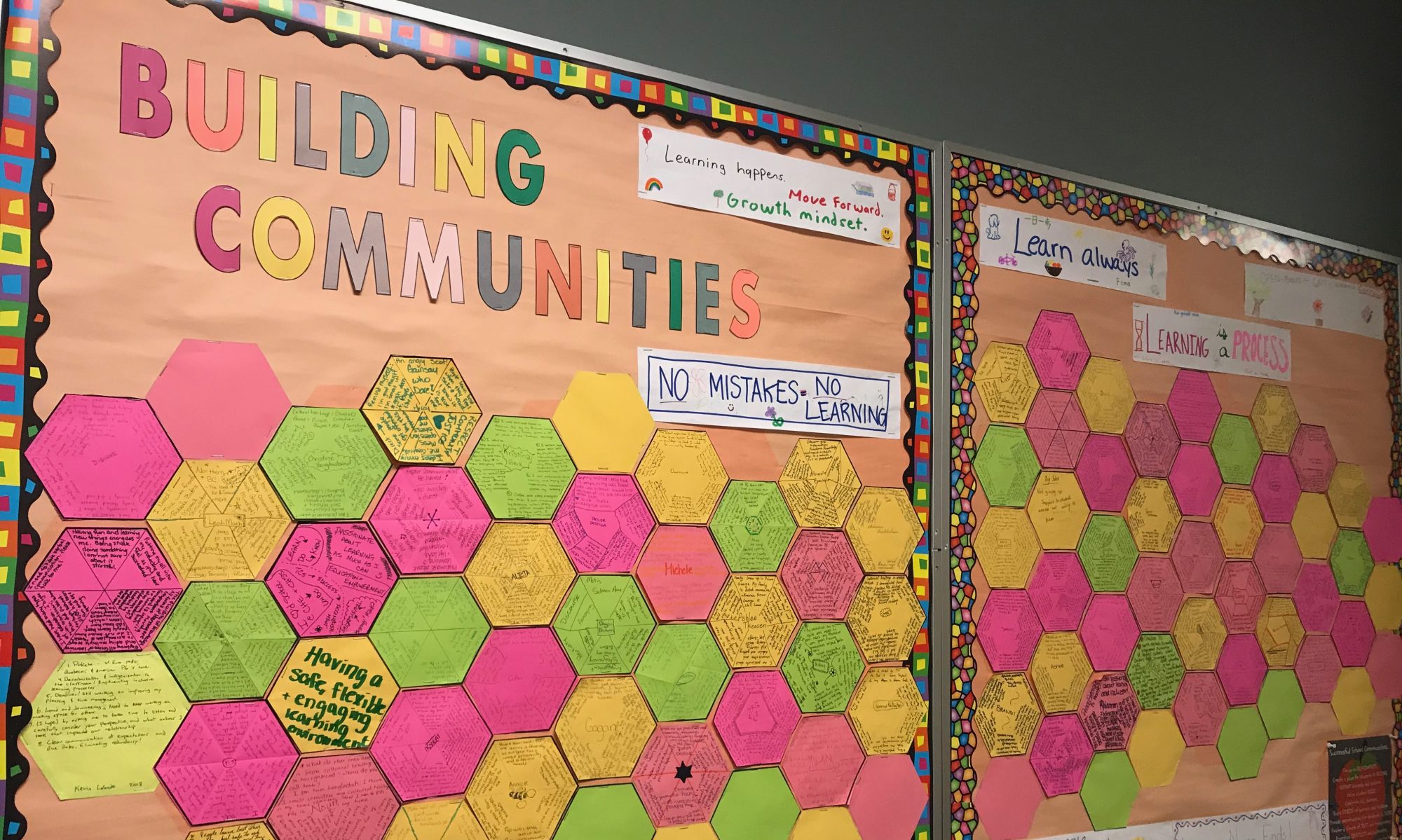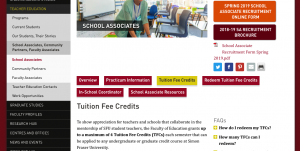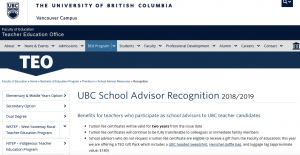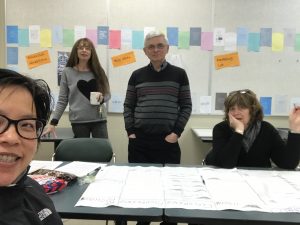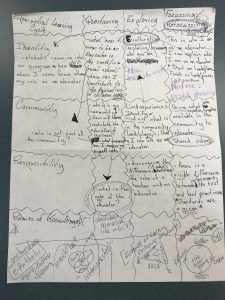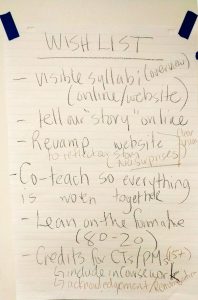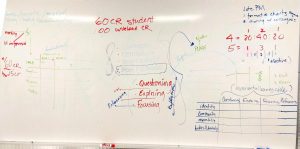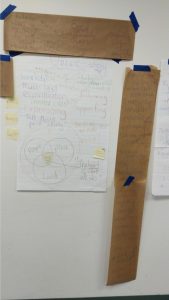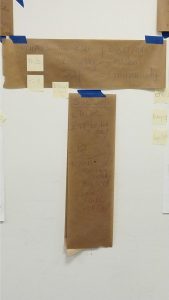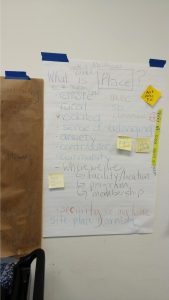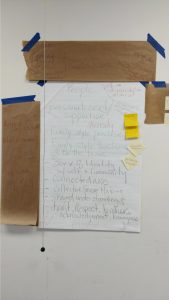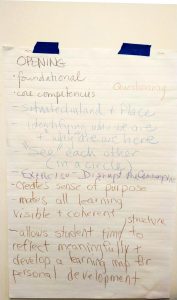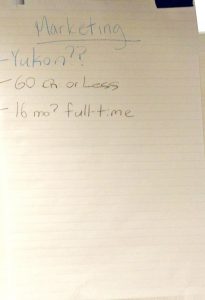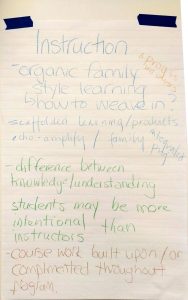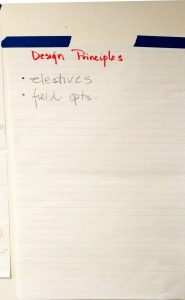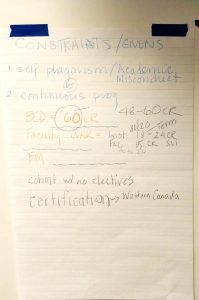Folks:
The posting gives some good advice on promoting student engagement in the classroom. The article is reproduced with permission, and is from the Tuesday, October 30, 2018 issue of the online publication, Graduate Connections Newsletter[http://www.unl.edu/gradstudies/current/news/articles ], from the University of Nebraska-Lincoln and is published by the Office of Graduate Studies. ©2018 Graduate Studies, University of Nebraska-Lincoln. All rights reserved. Reprinted with permission.
Regards,
Rick Reis
reis@stanford.edu
UP NEXT: Becoming a “Bilingual” Advocate for Your Discipline and Your Graduates
Tomorrow’s Teaching and Learning
———- 963 words ———-
Inclusive Teaching
College classrooms are increasingly diverse places. Instructors need to consider not only the obvious diversity in their classroom such as gender and ethnicity, but also aspects such as students’ prior knowledge or preferred ways of learning. Inclusive teaching refers to using teaching methods to address the needs of all students in your classroom and ensure that all students are able to participate equitably in your class. Inclusive teaching requires preparation before entering the classroom and consistent efforts in the classrooms to create an environment that will be beneficial for all.
Before Entering the Classroom
Examine your implicit biases and the classroom environment you will teach in
Everyone has some implicit biases about people of different backgrounds. Whether those biases are positive or negative, it is still worth being aware of those unconscious biases because it might impact (unintentionally) the examples you use, who you call on during class, or how you view students’ success or failure in the class. Take some time to reflect on your own views. Some people use a measure like the Implicit Association Test to think about this; others may simply engage in meaningful reflection about diversity, their experiences, and how that impacts their teaching. You also need to consider the class’s demographics. Are there specific concerns relative to that class that you should be aware of? For example, if you are teaching a politics class you might have students from both ends of the political spectrum. What will you do to ensure there is productive, civil discourse in your class?
Plan for diversity in the syllabus
All classes start with a syllabus. If you plan to be mindful of diversity and teach inclusively, that should be reflected in your syllabus. You might have a statement about diversity in your classroom explaining how you value diversity and what that means for your classroom. You can also think about the readings or assignments your students might have. For example, if you teach an English class, do you include diverse authors? Are there ways to bring in readings or assignments that might appeal to students’ backgrounds or preferred ways of learning? How do you describe the class and your expectations in the syllabus? All of those elements should be part of your syllabus if you are serious about inclusive teaching.
In the Classroom: Teaching Strategies
Establish a positive classroom environment
A positive classroom environment is one where all students feel comfortable to participate and that their contributions are valued. To create a positive classroom environment, think about the rules you might establish to encourage everyone to participate. It also means a classroom where there is rapport between the teacher and students, and they all feel comfortable. Provide opportunities for students to get to know each other and for them to get to know you. While it is important to have some professional distance between teacher and student, you may be willing to share a few facts about your life, perhaps a hobby, that might help students see you as a person and not just a teacher. Learn their names. Let students know you care about their success. More information on creating a safe environment is available in this article.
Encourage participation
Not all students may be comfortable participating in class. This could be for any number of reasons. Some may be naturally shy. Others may feel uncomfortable if they are outnumbered by others in the class. For example, physics classes can often have very few women, and we know that this gender imbalance can affect their willingness to participate and their success in those classes. One simple way to address this is to think about the way to set up groups in the class making sure you are conscious of the class demographics when you do so. Show that you are welcoming to all student questions and comments and encourage students to think through answers even if they make mistakes initially. For example, saying “good thinking”, or “almost there”, are more encouraging that saying “no, that’s not right” when students answer a question in class.
Provide support
Be available to students when they need help. Check in with students to make sure they understand the material and to offer support when needed. Offer support outside of class when necessary. Encourage a growth mindset in your students by fostering the idea that they can all learn the material if they put in the effort and not simply whether they innately understand the subject.
You may also familiarize yourself with resources and support for students across campus. The Services for Students with Disabilities, the Writing Center, or other offices can be useful resources for you in making sure all students have other resources needed to succeed. They can also provide you some resources to make sure you are meeting the needs of students in the classroom regardless of their backgrounds or needs.
Vary teaching strategies and examples
Use examples that include people of diverse backgrounds. If you use case studies or examples, try to vary your examples to include people from different backgrounds. If you talk about researchers or past studies, are they written by researchers of the same background? Remember students benefit when they can see themselves as professionals in that field and showing them examples of researchers who might look like them is one way of doing this.
Solicit student feedback
Just as not all students may be comfortable speaking in front of the entire class, they may not be comfortable giving feedback in a formal setting. Provide opportunities for them to express themselves or share concerns in other formats, perhaps minute papers or reflective assignments. Some students who may not shine in class discussions, may love written assignments.
